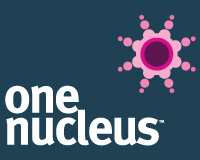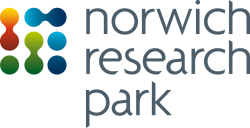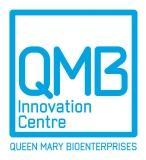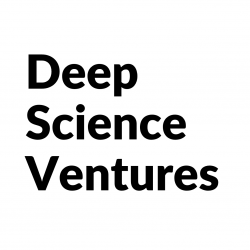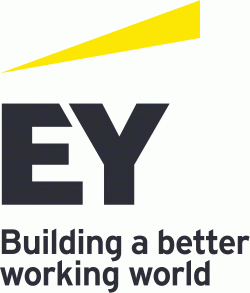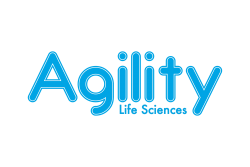Chesterford Research Park management team and Diagnostics for the Real World work together, re-purposing space to create efficient assembly line
Cambridge, UK, 6th August 2020: Chesterford Research Park based Diagnostics for the Real World (DRW) made worldwide headlines earlier this year with a game-changing way of testing for COVID-19. The University of Cambridge spinout responded quickly to the pandemic by adapting its HIV testing machine, SAMBA II, to diagnose COVID-19 infection in just 90 minutes. Having first been used at Addenbrookes Hospital in Cambridge the machines were subsequently rolled out across the NHS.
This innovative development created unprecedented demand for both the SAMBA II machines and the accompanying test kits. Fulfilling this uplift left DRW looking for additional space to store the kit components and assemble and pack the kits ready for dispatch. With no additional office or lab space available on the Park, the Park Management team worked hard to find an alternative, eventually alighting on the idea to use some of the communal space within the Nucleus, which due to the lockdown is currently not in use. This space proved the ideal area to both store the kit components and set up an efficient assembly and packing area.
In addition to finding the additional space they required, Park Manager, Katherine Maguire, was also able to put the DRW team in contact with Saffron Walden County High School in an effort to find some additional help over the summer. Having been given suitable training, students from the school are now working with DRW to assemble and pack the COVID-19 test kits ready for dispatch.
The initiative comes at an ideal time for DRW. The company is in the process of relocating its reagent manufacturing and production facilities to the UK from the US and will be using a contract manufacturer, Design Packaging Group, to fulfil this role from September; when it is expected that production will need to increase to around 10,000 kits per week. Keeping the process in-house over the summer allows the DRW team to refine the process whilst keeping supply open until the contract manufacturer takes over.
Li Peng, Operations Director, DRW commented: “Having access to this space within the Nucleus has been tremendous and has enabled us to keep up with the thousands of test kit orders we continue to receive on an almost daily basis. Having additional help from the students has also been invaluable – it’s labour intensive work but the atmosphere is great, and everyone is really pleased to be part of the initiative. Being able to set up a packing and storage area at Chesterford Research Park, within a couple of minutes’ walk of our labs in the Park’s Science Village has been fantastic. We are really grateful to Katherine and her team for helping to facilitate this.”
Katherine Maguire, Park Manager, Chesterford Research Park added: “We were delighted to be able to help DRW by providing this additional space. Given that the communal areas within the Nucleus at the Park have been out of use for much of lock-down it’s been very positive to be able to re-purpose this area, which is now a hive of activity.”
Chesterford Research Park provides an innovative, flexible and future-proofed environment for both established and early stage biotechnology and pharmaceutical research and development companies. In addition to DRW, the Park is home to life science innovators including Arecor, AstraZeneca, Charles River Laboratories, Isomerase and Microbiotica. To date, more than 350,000 sq ft of laboratory R&D space has been let and occupied. Further phases of construction are proposed to extend the development to approximately 1 million sq ft.
Sarah Brereton
Limewash
M: 07796 583 223
E: sarah@limewash.co.uk
